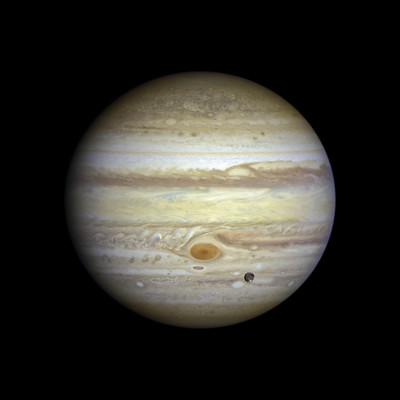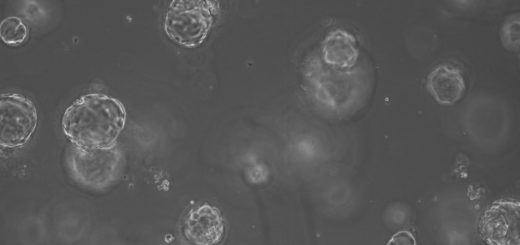Juice is set to journey to Jupiter’s icy moons

Earth’s oceans are vast, covering about 71% of its surface and teeming with life[1]. Some worlds, however, are thought to have global oceans below their surface. Scientists think this is the case under the frozen crusts of three of Jupiter’s largest moons: Ganymede, Europa and Callisto. The European Space Agency’s (ESA) Juice (JUpiter ICy moons Explorer) mission will arrive in the Jovian system, named after the Roman god Jupiter or Jove, in July 2031 to study Jupiter and its icy moons as potential environments for supporting life[2].
Juice is scheduled to launch on an Ariane 5 rocket from Europe’s Spaceport in French Guiana on 13th April 2023. The spacecraft will take eight years to reach Jupiter and spend four years touring the Jovian system[3]. Juice will orbit Jupiter and perform flybys of its icy moons, culminating with it entering orbit around its main target, Ganymede, in December 2034. This mission will mark the first time a spacecraft orbits a moon other than our own.
A key objective of the mission is to understand how gas giants (planets formed mostly of hydrogen and helium, like Jupiter) form and evolve. Juice’s complement of 10 instruments[4] will monitor Jupiter’s upper atmosphere, auroras, magnetic field, smaller moons and faint dust rings that orbit the planet. Although Juice won’t flyby Io, Jupiter’s third-largest moon, it will distantly observe its surface and volcanic activity.
Juice’s other objective is to investigate whether life could have occurred on Jupiter’s icy moons, all of which are thought to have subsurface oceans of salty liquid water underneath their thick crust. Instruments will analyse the moons’ frozen shells, interiors, atmospheres, energy sources and interactions with Jupiter.
Two flybys of Europa will be carried out. Observations of Europa suggest that plumes of water vapour are being vented into space[5]. While Juice’s instruments can’t directly detect life, its particle environment package can sample these plumes to search for chemical signatures that could potentially indicate it, such as methane[6], [7]. Juice will also make twenty-one flybys of Callisto, which has a surface that is around four billion years old, investigating how objects formed in the early Jovian system.
Additionally, the spacecraft will perform 12 flybys of Ganymede, the largest moon in the solar system and the only one to produce a magnetic field internally. Juice’s magnetometer will measure Ganymede and Jupiter’s magnetic fields, which will help uncover the properties of Ganymede’s ocean. The spacecraft will eventually orbit Ganymede for many months before crashing into its surface in late 2035.
Juice will work alongside NASA’s Europa Clipper, due to arrive at Jupiter in 2030[8]. Together, these missions signify a new era in outer solar system exploration.
[1] https://oceanservice.noaa.gov/facts/howmanyoceans.html#:~:text=There%20is%20only%20one%20global,%2C%20geographical%2C%20and%20scientific%20reasons
[2] https://www.esa.int/Science_Exploration/Space_Science/Juice/Exploring_the_secrets_of_Jupiter_Top_five_mysteries_Juice_will_solve
[3] https://www.esa.int/ESA_Multimedia/Videos/2022/03/Juice_s_journey_and_Jupiter_system_tour
[4] https://www.esa.int/ESA_Multimedia/Images/2022/12/Juice_s_science_instruments
[5] https://solarsystem.nasa.gov/moons/jupiter-moons/europa/in-depth/
[6] https://www.sciencedirect.com/science/article/pii/S0032063321002142#bib14
[7] https://solarsystem.nasa.gov/news/13024/
Edited by Hazel Imrie
Copy-edited by Rachel Shannon







